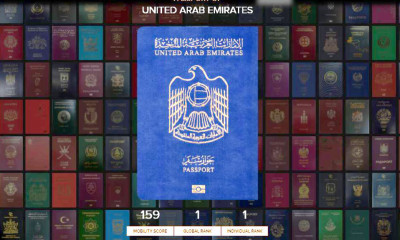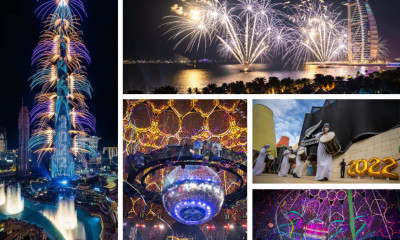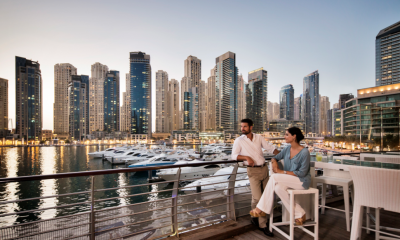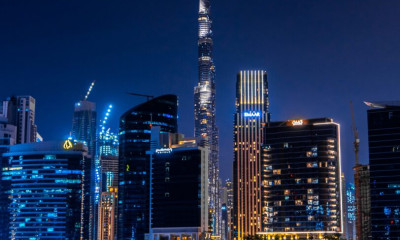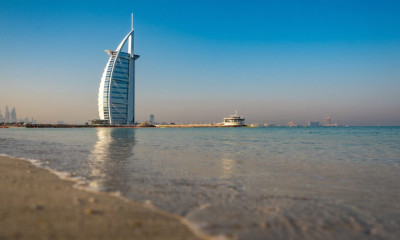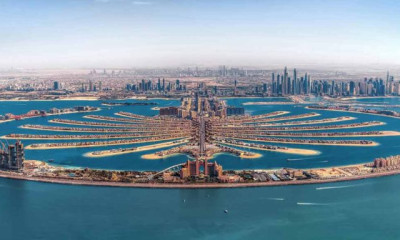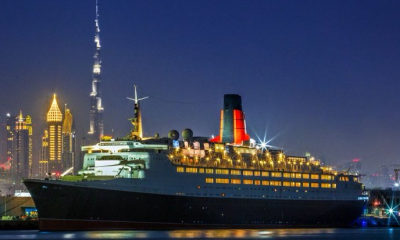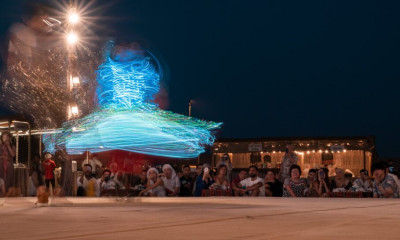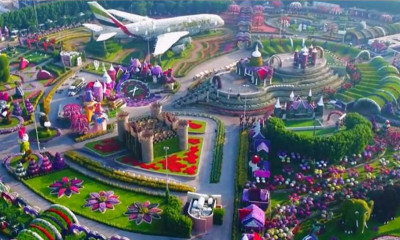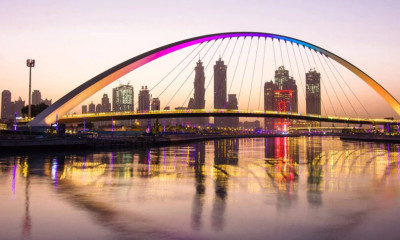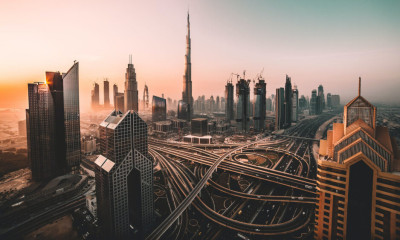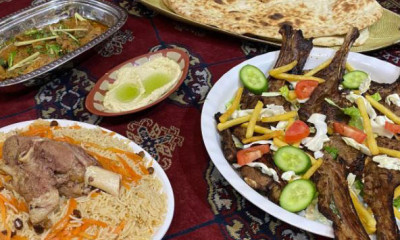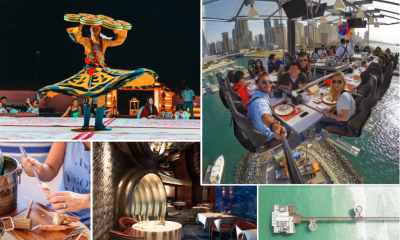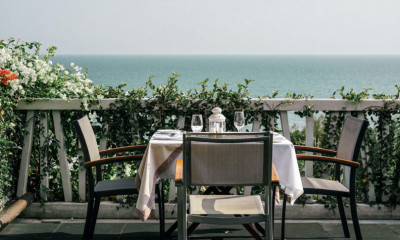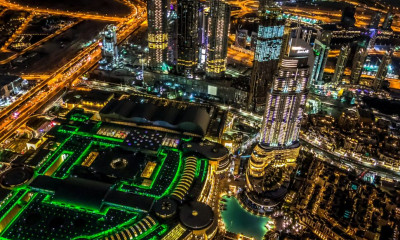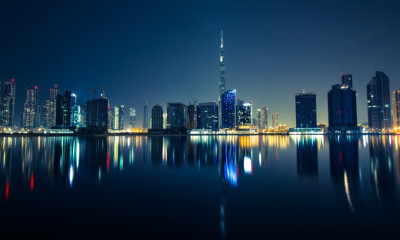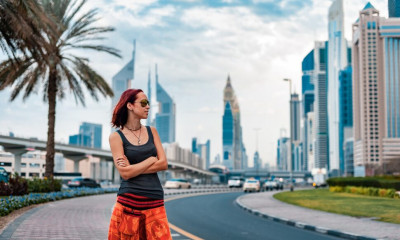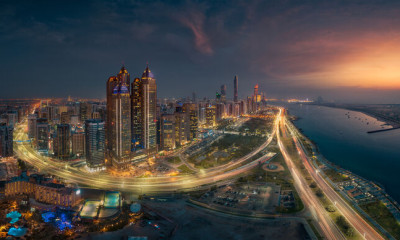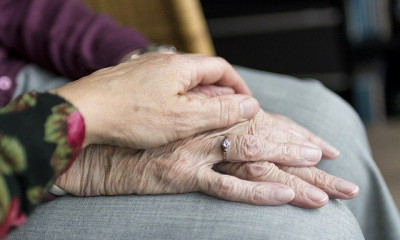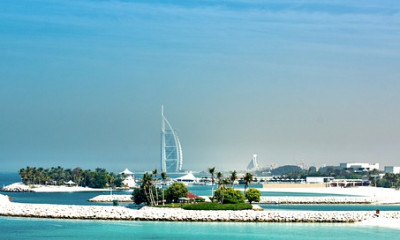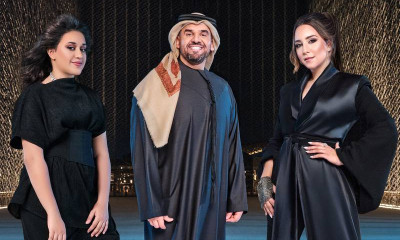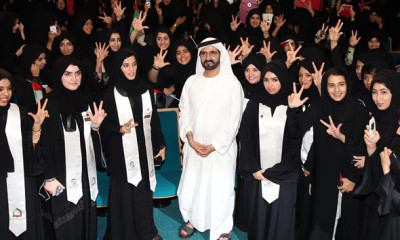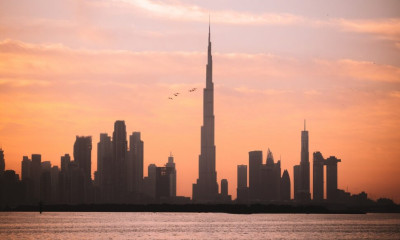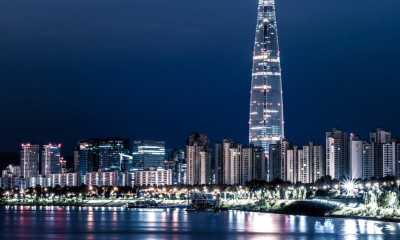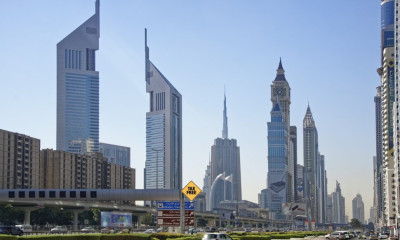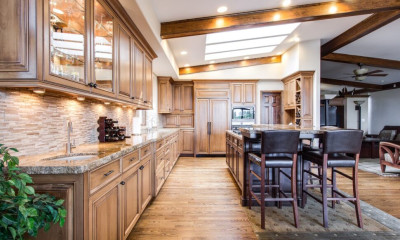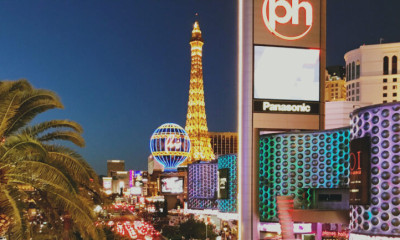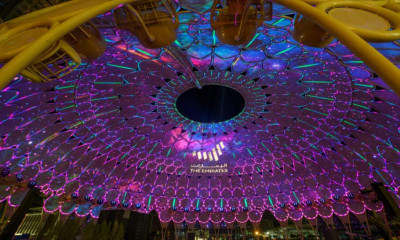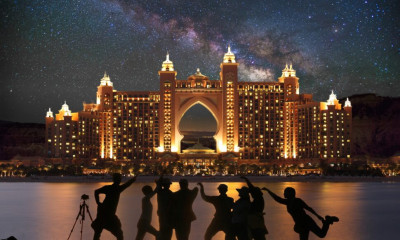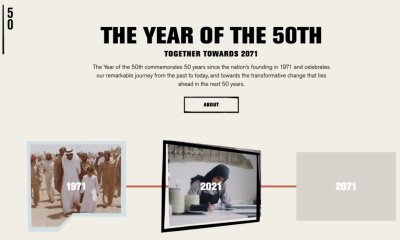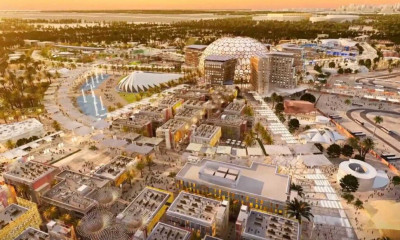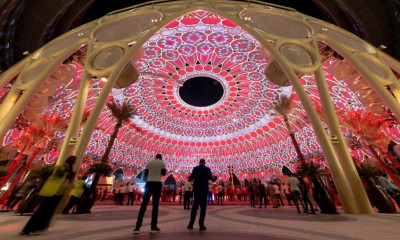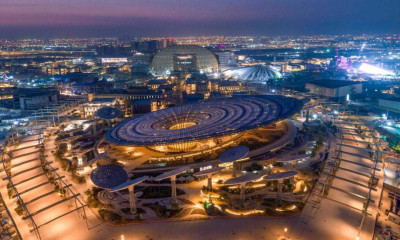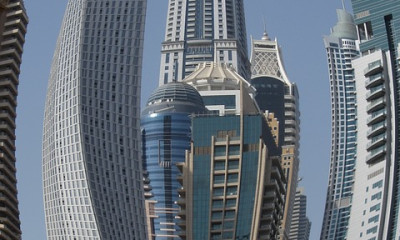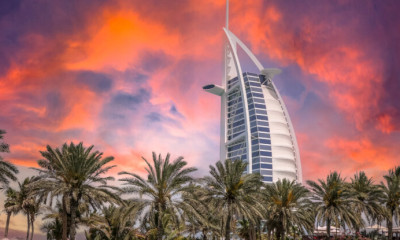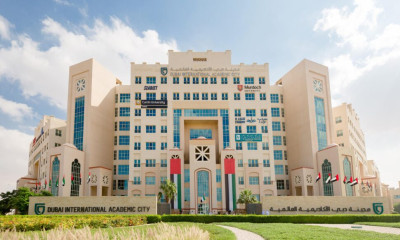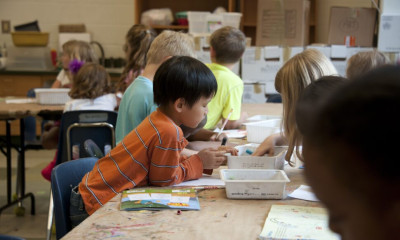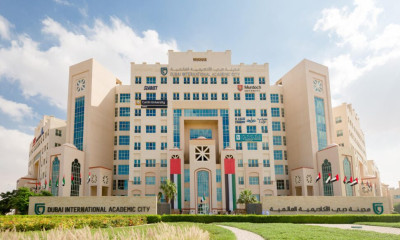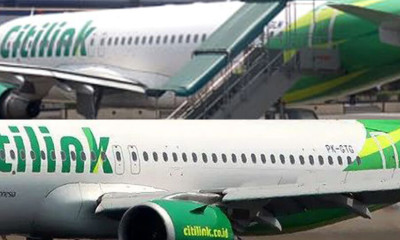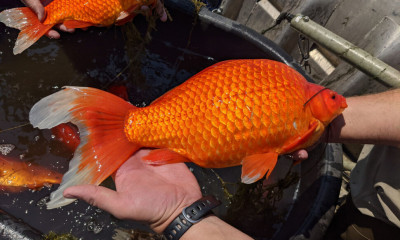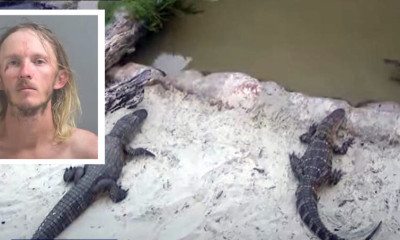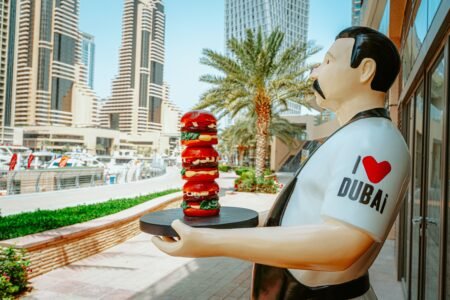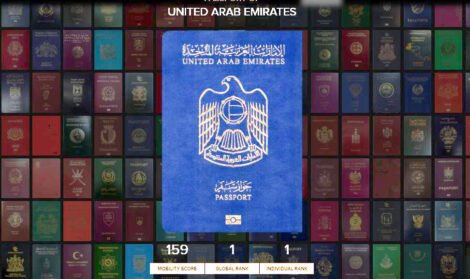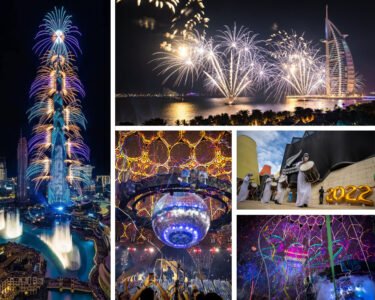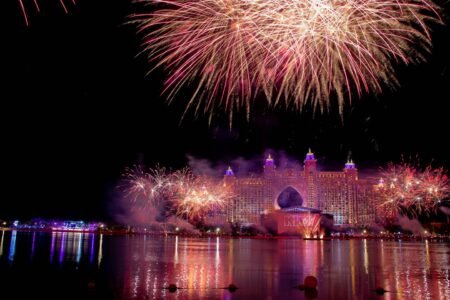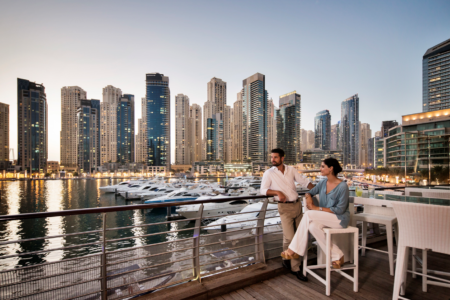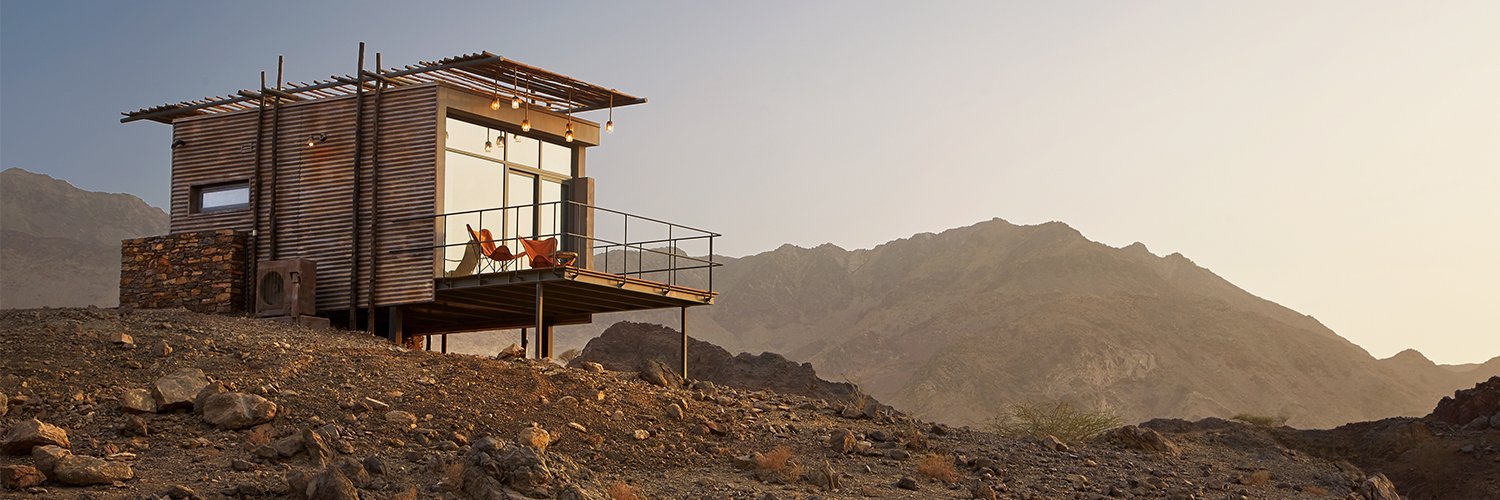
Few places in the world marry heritage and ultra- modern architecture in a seamless flow that offers residents and visitors a glimpse at 2,000 years into the past, while seated in the plush comfort and luxury of 2021. With 493 skyscrapers, Dubai is 13th in the world for most number of high-rises, ahead of cities like Moscow, San Francisco, Houston, Seoul, Singapore, Beijing, Frankfurt and Kuala Lumpur.
And yet, a tourist to the emirate can drive 115km out of the emirate, leaving 17 of the world’s tallest 100 towers behind, and enter the old world charm of Arabia and its rustic village life, at Hatta, a town on the UAE- Oman border.
Dubai began its tourism journey in the late 1980s with white sandy beaches and a globally-famous attraction – the world’s tallest stained-glass mural.
Other than the vast duty-free shopping, tourists, especially from the West, were keen on learning more about Bedouin culture and heritage, and visiting the old Arab architecture.
Dubai still boasts historical and archaeological sites that reveal the richness of Emirati tradition and customs from as early as the 7th century AD.
Following years of development, it has emerged as an eco-tourism destination. The government continues to pump in money to make it one of the best in the country – and the region.
Boasting naturally picturesque mountains and an extremely enjoyable climate, Hatta Heritage Village offer visitors a fascinating glimpse into Dubai’s historical past. Dating back 2,000 years, the village houses 30 buildings, each differing in size and layout. There are tombs from the Bronze Age nearby.
Visitors to the fertile oasis with a fort, two watchtowers, a mosque and houses constructed with stones, mud, reeds and palm tree trunks, are serviced by a series of hotels and other facilities that cost Dh29 million to build.
In a report titled ‘The wild wonders of Hatta, the hidden heart of Dubai’, broadcaster CNN, in January 2020, said: “… this is the real Dubai. Hatta is swiftly becoming one of Dubai’s most popular attractions and worst-kept secrets”.
This is due to the town’s comprehensive development plan implemented in 2016 as part of the Dubai exclave’s 10-year transformation.
The site is a burst of green date palms, rolling valleys and the bleating of wild goats– a pace that is a little slower and its people, like all Emiratis, very welcoming.
In January 2019, His Highness Sheikh Mohammed bin Rashid Al Maktoum, Vice-President and Prime Minister of UAE and Ruler of Dubai, inspected several ecotourism projects in Hatta and issued instructions to accelerate the implementation of environmental projects. He inspected the progress of work on projects like the Wadi Hub, Hatta Safari, Wadi Leem, Wadi Suhaila, and Hatta Falaj, among others, implemented by Dubai Municipality, in collaboration with Meraas Holding.
The Hatta Wadi Hub includes a lounge, cafe, safari tents and a camp. Hatta Safari comprises man-made lakes, an area with animals and birds, camping for night stopovers, and vast green spaces.
The Hatta Wadi Hub includes a lounge, cafe, safari tents and a camp. Hatta Safari comprises man-made lakes, an area with animals and birds, camping for night stopovers, and vast green spaces.
His Highness Sheikh Mohammed bin Rashid approved six new projects as part of the Hatta development plan, including the establishment of 504-km-long chairlifts going up to mountain peaks at an altitude of 1,300 metres; sustainable waterfalls, a world-class hotel and hiking trails.
Tourists doubled from 60,000 in 2016, to one million in 2020.
Time Out Dubai says plans worth Dh1.3 billion for Hatta will make it a top tourist hub for outdoor sports.
His Highness Sheikh Mohammed bin Rashid commented: “Hatta is a model for small cities in the region. It has turned within a short time into one of the most important tourist destinations in the emirate, thanks to its different lifestyle.”
A world-class hotel and 200-holiday homes will support tourism in the district and even more hiking trails will allow visitors to safely traverse the rocks.
The development and tourism projects in Hatta will have a significant impact on promoting national tourism and providing distinctive tourism and cultural experience for visitors and the community.



